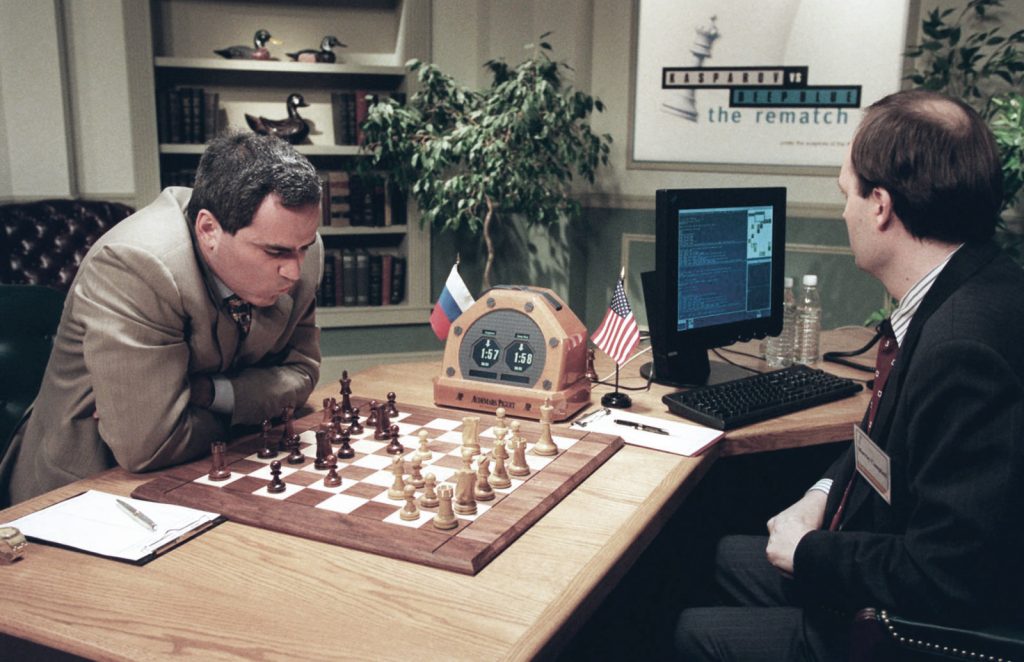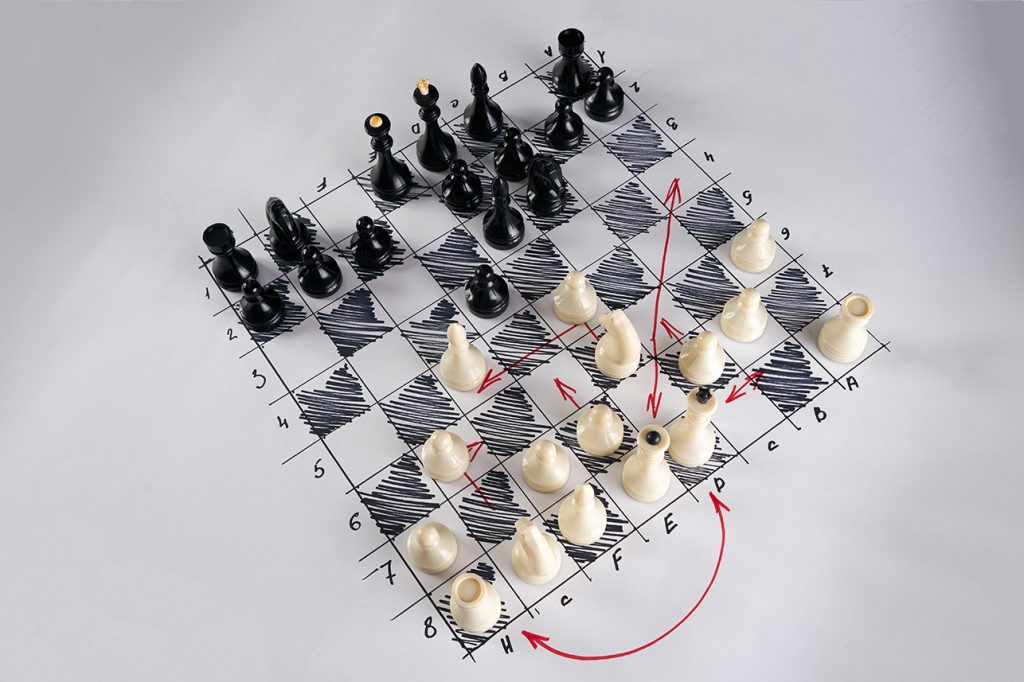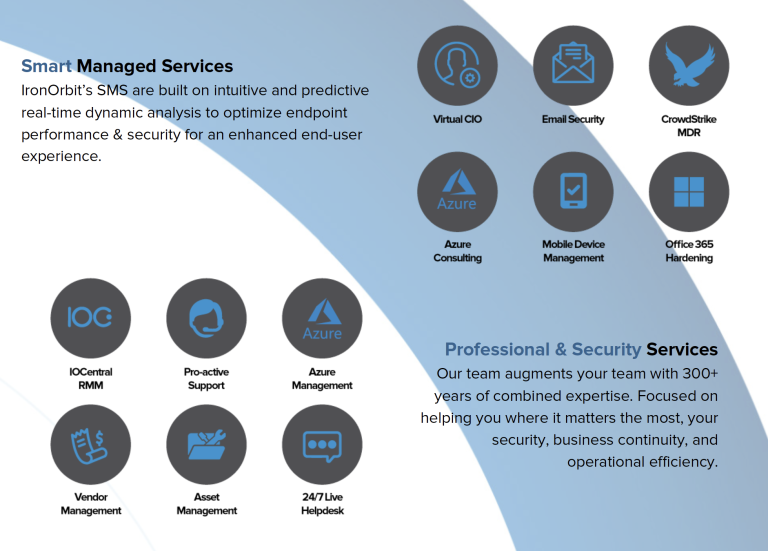There are many examples from business literature comparing decisions made during the chess game to decisions made living life and running a business.
On March 22, 2021, Fast Company article, author Alan Tefler shares some of the lessons he learned as a chess master and, later, the CEO of Pegasystems. The lessons he learned while playing chess helped him become a better leader of a multinational company.
Many of the principles involved in developing a chess strategy apply to making business decisions. Chess is an ancient game of unparalleled depth and complexity. As in business and life, advantages come and go with each player’s move. After one move, you might be at a disadvantage. After another move, you may suddenly take the lead and be in a stronger position.
Garry Kasparov, world chess champion and Founder of the United Civil Front, frequently draws parallels between developing chess strategies and making business decisions. Leaders have to make decisions constantly, sometimes armed with little more than a hunch. That’s why experience can be such a prized commodity. Building experience is an ongoing endeavor. The way to improve is to look back and analyze decisions, particularly those that didn’t turn out so well. There’s a tendency to assume if something worked yesterday and is still working today, it will work tomorrow.
In John Moore’s Brand Autopsy Marketing blog, Kasparov is quoted,“There’s a massive amount of uncertainty and almost endless variety in terms of the moves you can make in both chess and business. Think about it: After just three opening moves by a chess player, more than 9 million positions are possible. And that’s when only two players are involved in the game. Now imagine all the possibilities companies face with a whole host of corporations responding to their new strategies, pricing, and products. The unpredictability is almost unimaginable.”
Make Good Use of Your Resources
In a Chess game, each player has 15 pieces. There are eight pawns, two rooks, two knights, two bishops, a queen, and a king. Each piece has its particular strength. The object of the game is to checkmate your opponent’s king. Beginning chess players tend to see their pieces as individual components. They’ll immediately take their first moves to get their most powerful pieces out into the open. As chess players become more experienced, they learn how to use their pieces in combination to create a series of threats to their opponent.
The more you understand chess, the more you realize the interrelation between each piece and the importance of each piece, from the pawn to the king.
It’s the same way in business. An effective leader knows how to get the right person into the right seat. Take the time to get to know the strengths and weaknesses of each member of your team. Take steps to ensure they realize the expectation and what they can do to help. The more effective teams learn how to help each other by working together and helping to cover any blind spots.
Reexamine Your Reasoning and Learn from Mistakes
Making mistakes is an essential part of learning. It is a vital step to becoming a success at anything.
Playing chess can better acquaint you with your nature. For example, you learn how persistent you are. Are you aggressive or defensive? How determined are you to overcome obstacles to achieve a larger objective?
Kasparov said in an interview, “Your nature is your nature. So whether you play chess, run a business, or deal with family affairs, you should understand that when you face challenges, your reactions will come from your nature. That’s why you have to work it out. You have to do regular research on your strengths and weaknesses. You have to be open-minded and relentless with yourself. I learned these things from playing chess.”
This process of self-discovery can be productive in self-realization, which is essential to becoming a leader. Personal strengths and weaknesses must be recognized and acknowledged before improving leadership skills.
Take time to reexamine the decisions made in the past and the ones made today. Pausing to reflect is essential for processing information retaining lessons learned.
Never Underestimate Your Opponent
Look at the world through your opponent’s eyes to better understand their perspective. Apply this practice to see your brand through the lens of your customers. Working to see the brand through customers’ lens can also help better understand the competition.
When playing against another chess player or a business competitor, don’t let amateur moves lull you into complacency. Doing so will only take attention away from considering the whole board – especially the other side.
In business, this underestimation happens most often with startups. McDonald’s didn’t think that Burger King could take away market share initially, nor was Coca-Cola concerned about Pepsi when it first appeared on the market. Ignoring the up-and-coming because they lack resources, processes, or leadership can be a fatal strategic error.
Keep a Psychological Edge
Yury Markushin, in an article for thechessworld.com, tackles the topic of deploying psychology in a game that’s all about strategy. In it, it quotes 27-year world champion chess player Dr. Emanual Lasker who famously wrote, “It’s the players who fight over the board, not the wooden pieces.”
Your psychological edge isn’t just about your psychological health and strength – although that’s important, it’s also about knowing the psychological makeup of your opponent.
In the book Chess for Tigers, the author, Simon Webb, says, “before a World Championship Match, each player may spend months making an in-depth study of his opponent’s game. The study looks for weaknesses in opening strategies, identifying the types of positions in which he is at home or ill-at-ease, assessing the tendency to over-optimism or pessimism, and so on.”
If you’re going to prevail over business competitors, you must spend the time, energy, and resources to understand not only what they are doing but WHY.
This research into the psychological disposition of your opponent will help you have the upper hand when you match wits with them, vying for dominance in the market.
Be Comfortable in Enemy Territory
In a Harvard Business Review article titled “Strategic Intensity,” writer Diane Coutu says, “If you can convince your enemy that you’re comfortable on their ground, then you can often trick them into moving into your territory.”
In many business settings, your opponent will be playing their “own game.” In some ways, it may look like their game isn’t going to affect your business – that is, until it does. Playing on their turf with confidence (even taking the battle to them) forces them to change their strategy. No longer are they alone on the field of battle, but now they must adapt their formerly unchallenged trajectory to your presence on their side of the chessboard.
Eventually, this dynamic can create a shift that forces opponents to play where they are uncomfortable.

Garry Kasparov, left, is contemplating his next move against Deep Blue, IBM’s chess-playing computer Sunday, May 4, 1997, in New York, during game two of their six-game rematch. (AP Photo/Adam Nadel)
Get a Worthy Adversary
Leadership will probably never rise to its potential if the adversary isn’t big enough, smart enough, and cunning enough. Kasparov reminds us that “Great champions need great enemies.” After all, what is a victory over a lesser prepared, ill-equipped, underfunded company? This same principle applies to the efforts required to overcome significant challenges. “What doesn’t kill you makes you stronger.”
In that same 2005 HBR interview, Kasparov eradicates the sentimental idea of chess when he says, “There is nothing cute or charming about chess; it is a violent sport, and when you confront opponents, you set out to crush his ego. Over the years, the world chess masters I have competed with share my belief that chess is a battleground on which the enemy has to be vanquished. This is what it means to be a chess player, and I cannot imagine that it is very different from what it takes to be a top-ranked CEO.”
MMA fighter Donald Cerrone echoes Kasparov’s call for engaging worthy opponents when he said, “If you want to be the best, you’ve got to beat the best.”
Who you choose to be your competition will either make you better or allow you to be weak.
Rely on Intuition
Sometimes problems can be complex and have a multitude of possible outcomes. At a high level of complexity and possibilities, relying on logic fails. Learn to trust your imagination and feelings. But relying on intuition is more than simply acting on a “gut instinct” at the moment.
Chess masters know that intuition develops over time. A chess master develops intuition through playing thousands of games. There’s almost a sixth sense about how the opponent will move and how the game will develop.
In business, instinct should not be a “shot in the dark.” Instead, relying on business instincts is to trust the accumulated years of lessons learned from successes and failures. So, sometimes, using intuition to guide strategy is the best option, even though there’s no convincing reason why one move is better than another.
Plan an Approach in Stages
There are 3 phases of developing a chess game. These are the opening moves, the mid-game, and the endgame. In the opening chess game, pawns may be moved out one or two squares (only when a pawn moves for the first time).
Don’t push your pawns too far out on the open chessboard too early in the game. All moves in chess are essential, and so is their timing.
Making solid moves is especially true during the early part of the game. Don’t waste opening moves by getting several pawns out onto the board or picking off your opponent’s pawns. Key the overall objective, which is to checkmate your opponent’s king, in mind.
In business, like in life, you rarely “get a second chance to make a first impression.” It is critical to carefully consider the opening moves of an expansion, a product launch, or rolling out an initiative.
Move at least one knight and bishop out onto the board early.
The business parallel here is clear. Be cautious with the pieces of your business that are less strong (the pawns) or need more development. Be bolder with those parts that are more powerful, flexible, and agile – knights and bishops. Calibrate the timing of the overall strategy with a mix of caution and forward-leaning action.

There are many parallels between developing a Chess strategy and a business strategy. Setting up your defense is key to winning. Many failed business ventures can trace their demise back to attacking before establishing a defensive groundwork. Protect your intellectual property, ensure your patents are in place, and put best-practice protocols around your IT systems.
Move the Queen off the Backline
The Queen can be the most effective weapon in your arsenal. Since it is the most powerful piece, use it with caution and careful calculation.
People and initiatives are valuable because of their potential impact on business success. Set them up for success by supporting them properly and supplying whatever tools they might need. Utilize these resources so they can be effective.
Castle Early in the game
Castling is a move frequently used to help protect the king and bring the rook (castle) into a position near the center of the board where it can be more helpful. In business, look for win-win moves like castling that help you get closer to your business objectives in more ways than one.
Attack in the Middle Game
Setting up your defense is key to winning. Many failed business ventures can trace their demise back to attacking before establishing a defensive groundwork. Protect your intellectual property, make sure your patents are in place, and put best-practice protocols around your IT systems to ensure that cybercrime – like ransomware – doesn’t derail you in the middle of your attack strategy.
Use your pieces in combination to protect each other and capture control of the center of the board. Like many other endeavors, business is a team sport. Choreograph the moving parts carefully, utilizing each individual’s strengths and protecting them (and the company) from blindspots and vulnerabilities.
Think Three Moves Ahead
Always think before you move. Don’t jump at the first thing that looks good. Envision the consequences in your mind before making a move. Consider all possibilities. First, consider moves to capture your opponent’s piece or threaten your king. Continually ask, “What was my opponent’s next move? What is his plan?” Do the moves under consideration leave pieces unprotected or fully supported?”
See the whole board – your staff, your customers, your family, your competitors, the market – and take a beat to consider the impact of the move you are considering upon all those spheres. The advantage you have in business that the chess master doesn’t is that you can call in trusted advisors to help you see the forest for the trees and make the best move.
Don’t Take Your Finger Off the Piece Until You’re Certain
The touch-move rule in chess requires you to move a piece if you touch it during your move. It also states that if you don’t take your finger off the piece, you have moved, you can move it to a different spot. Once you let go of the piece, your move is complete.
Some business leaders feel committed to a move when they mention it to their senior leadership. Their egos won’t consider a different move with the same piece of business mid-stream. They “take their finger off the piece” too quickly, cementing their action in the game.
When considering a move in business, sometimes you have to adjust based on new information. By keeping your options open until the decision is finalized (instead of stubbornly insisting on your move), you gain the trust of your employees and senior staff.
In Conclusion:
Maybe more than any game in history, chess has captured the imagination of strategists – from kings and emperors to the guy hustling speed chess games in a local park. The good news is that the leadership and strategy lessons embedded in chess aren’t a secret. They are easily accessible and applicable to many business scenarios. All you have to do is apply them.
Until next time – protect your king.














